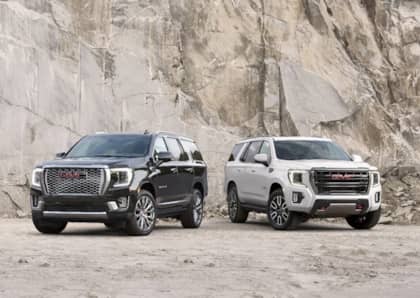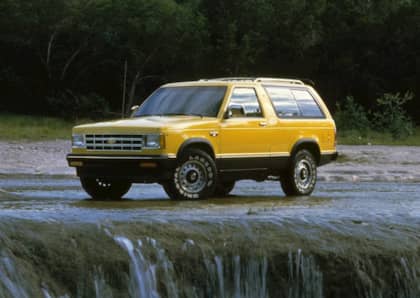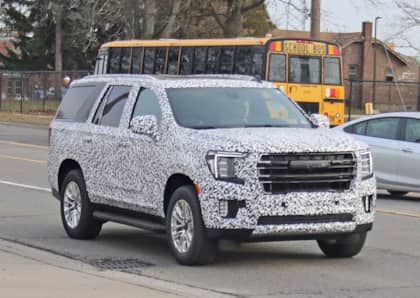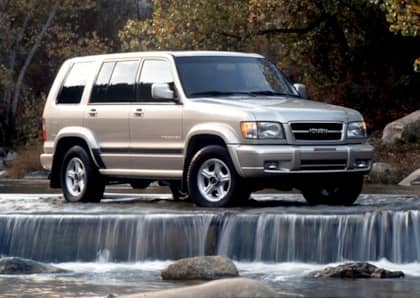'90s-Era Chevrolet Tahoe and GMC Yukon Ushered In GM's SUV Future
By the end of the 1980s, General Motors knew that it was time to update its long-running full-size SUV twins, the Chevrolet Blazer and the GMC Jimmy. These vehicles had last been fully redesigned in 1973, which was not an uncommon gap for that era's trucks, and definitely in keeping with similar vehicles on offer from the competition like the Dodge Ramcharger and the Ford Bronco.
It wasn't just a desire for technological change that drove the move to a new shared sport-utility / pickup truck platform, however. GM was also facing sinking sales from its large, two-door offerings, and was eager to experiment with a more practical four-door SUV that would slot in above where the Blazer/Jimmy pairing had once lived, and below the plus-size Suburban.
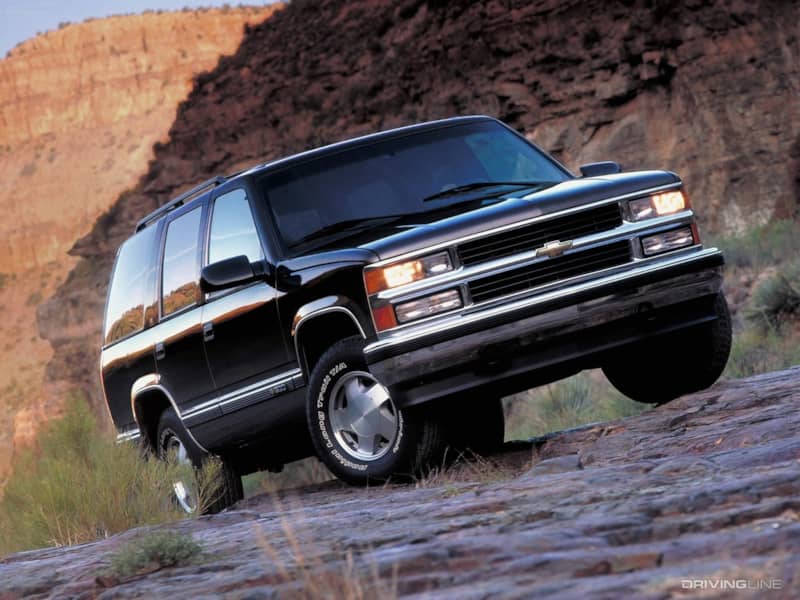
This mission statement would birth the GMC Yukon and (eventually) the Chevrolet Tahoe, rugged and useful 4x4s that would become stalwarts of GM's truck portfolio. Perennial strong sellers to this day, the first-generation models have become the go-to for those seeking an affordable, and reliable, off-road capable ride that can double as a comfortable daily driver and occasional tow rig.
Four-Door Future
The Chevrolet Silverado and GMC Sierra pickups had already moved to the new GMT400 platform for the 1988 model year, with the General squeezing a few more years out of its old-tech SUVs before making the same switch.
In 1992 a fresh face appeared on the scene: the GMC Yukon. Sold exclusively as a two-door model for its first three years in production, the Yukon's Chevrolet equivalent would carry forward the Blazer name during the same time period. Each rode on a tweaked version of the GMT 400 (415 for the Blazer and 430 for the Yukon).
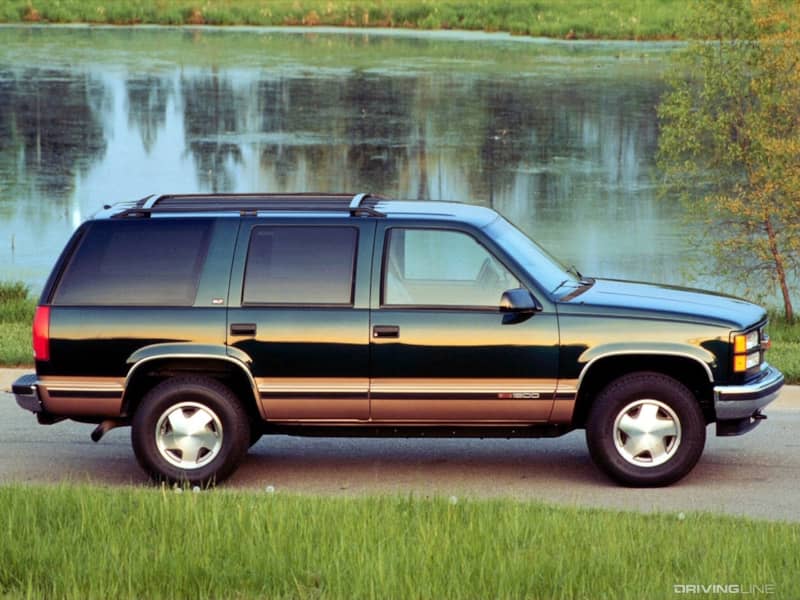
By 1995 the Blazer badge had been replaced by Tahoe, and two-door models would be put on notice. General Motors had received a significant amount of feedback from customers about what they were looking for in a daily-driven sport-utility, and the overwhelming consensus was that families didn't want to fuss with folding buckets and cramped door openings when dealing with child seats and other precious cargo.
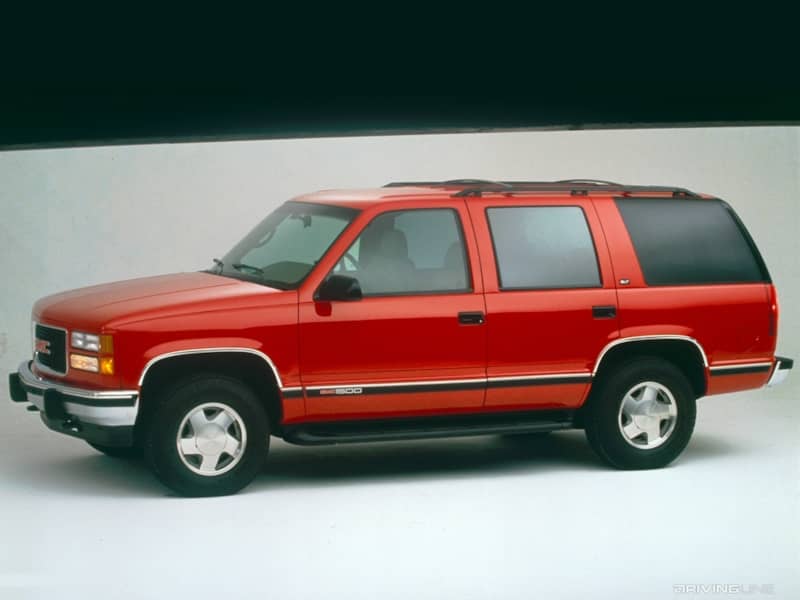
This shift from slow-selling two-door trucks to much more useful four-door models the following year would pay major dividends for GM. Both the Yukon and the Tahoe were larger than Ford's Explorer, but not so hefty as to be unwieldy for urban drivers, and popular to the point that the two-door Yukon was removed from the order sheet for 1997 (with the Tahoe lasting until 1999). Their introduction would kick off a profitable niche for domestic automakers, and the Blue Oval would quickly follow suit with the F-150-based Expedition to complement the Explorer.
All-Around Upgrade
Even in two-door form, the new Yukon and Blazer/Tahoe were a major improvement over the vehicles they replaced. Each was roughly five inches longer in terms of wheelbase, and the removable fiberglass roof over the rear cargo compartment had now been permanently replaced by a steel design that allow for much better accident protection as well as a quieter experience out on the road.
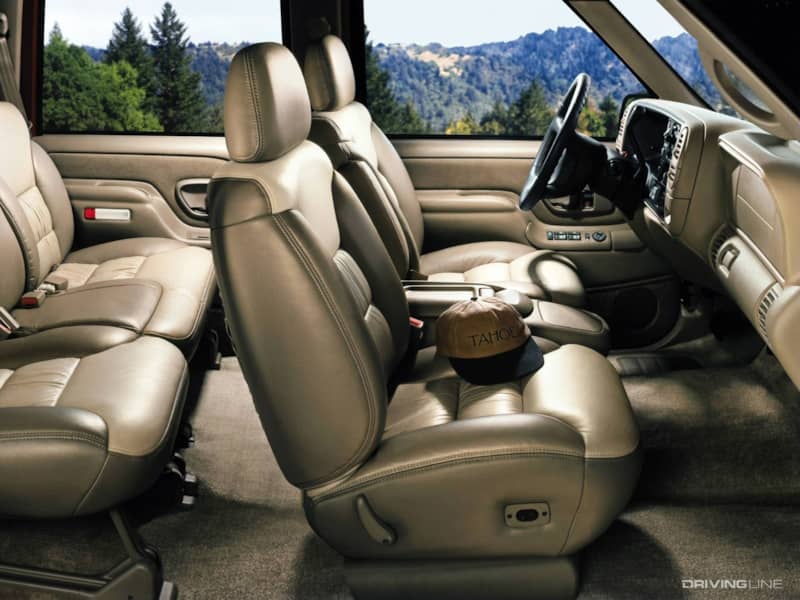
Styling remained distinctly square, although with a few curved edges linking the trucks to their pickup counterparts. Interiors were much more civilized than the ancient Blazer and Jimmy combo, and the tailgates would eventually offer a choice between traditional drop-down or a barn door setup that made it easier to reach into the cargo compartment.
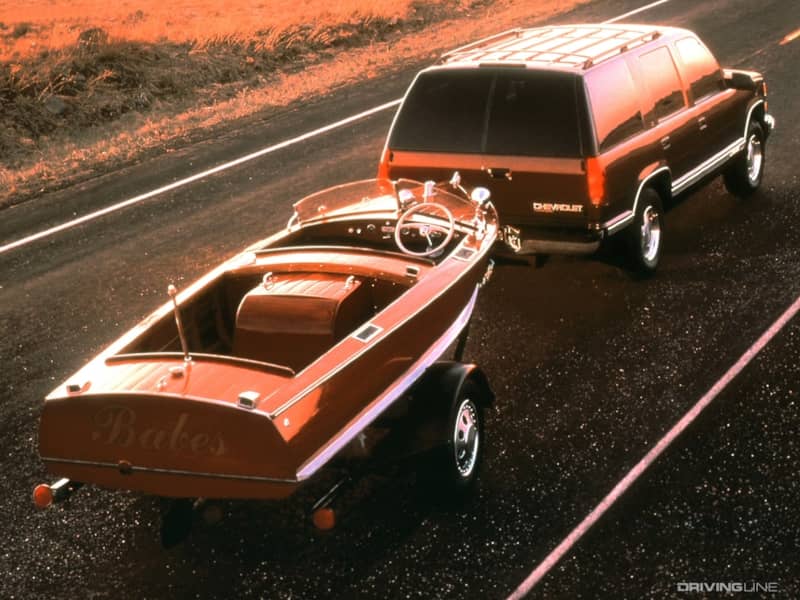
Underneath their revised skin, GMT 415/430 (and eventually 420 for the Yukon) was a much strong platform, weighing in at between 4,500 and 5,500 lbs, depending on doors and spec. Although a rare 6.5-liter turbodiesel V8 version of the SUVs was available, almost every model was motivated by the same 5.7-liter small block Chevrolet V8 engine, which was marketed under the 'Vortec' name, and shifted through a four-speed automatic gearbox. Four-wheel drive was optional, and while early Blazers and Yukons delivered 200 hp and 310 lb-ft of torque from this setup, by 1995 an upgrade to 255 horses and 335 lb-ft of twist had rolled out across the lineup.
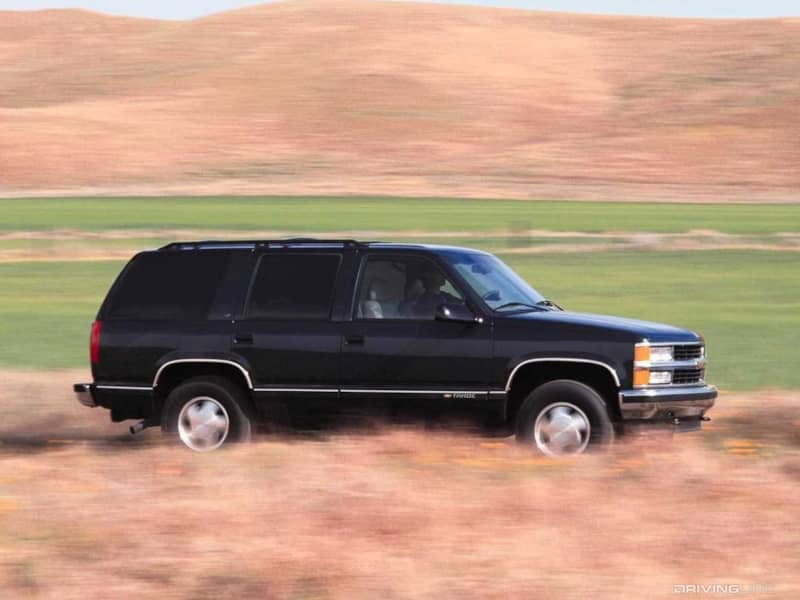
A number of special editions or trim levels of the Tahoe/Yukon would appear during the first generation production run. The two-door Yukon GT offered blacked out, monochromatic styling tinged with red highlights and the uncertain appeal of a long five-speed shifter for its optional manual gearbox. The Limited was the name given to the street truck take on the Tahoe in 2000 (the final year of production), with a Z71 off-road version available that same year. Each of these vehicles was rare, intersecting with the introduction of the next-generation SUV platform.
Lasting Legacy
It's no exaggeration to say that the highways, back roads, and used car lots of America are still awash in examples of the 1992-2000 GMC Yukon and Chevrolet Tahoe. Credit the fact that these trucks were mechanically simple, easy to work on, and relatively comfortable to drive as compared to the large SUVs that had come before them.
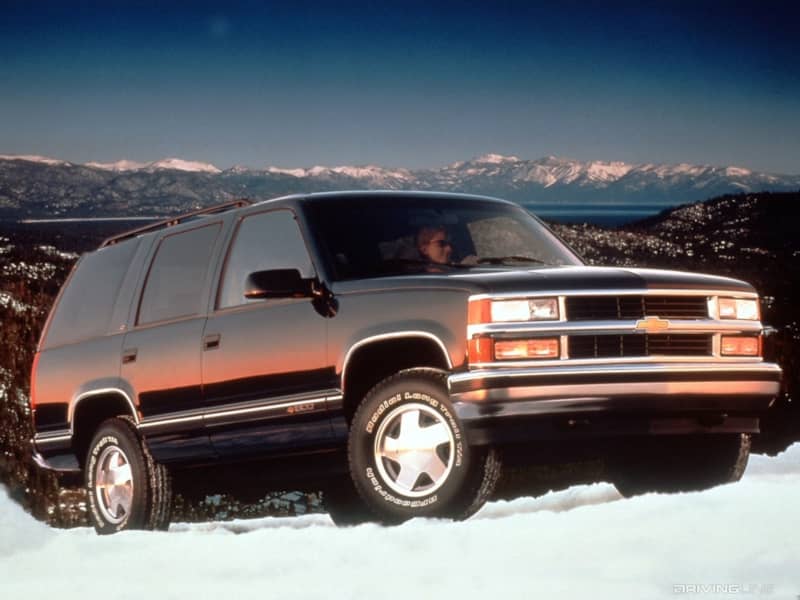
More than that, however, they were versatile, as likely to be seen lifted on oversized rubber in a mud pit as they were hitched up to a camping trailer or camped out in the pick-up line at the local elementary school. As they gradually phased out of their original ownership group, they became affordable first cars for a new set of college students, contractors, and off-road enthusiasts seeking something dependable and useful. It's far easier to keep a truck from this era running smoothly than it is to maintain a Blazer or Jimmy, and that fact had gradually tilted the balance in favor of these more modern rides.
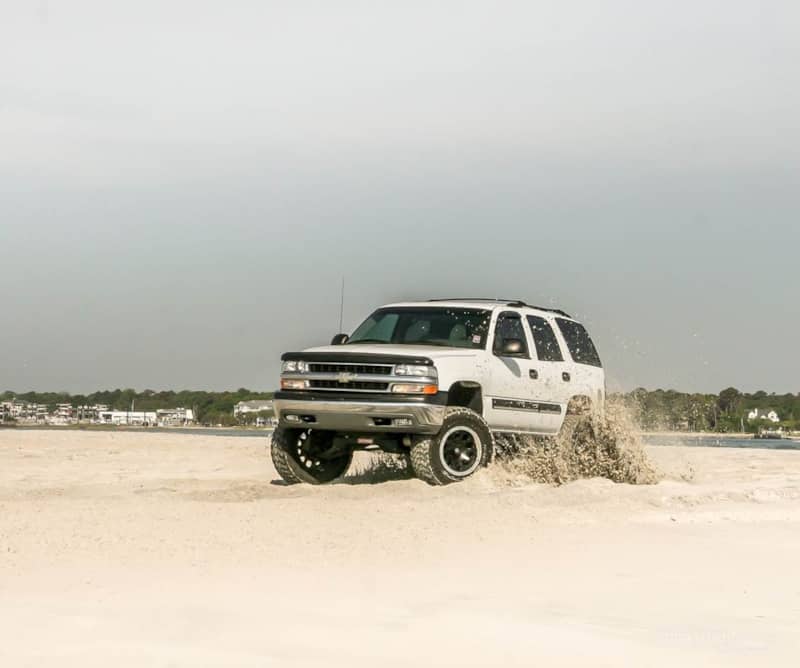
Although future iterations of these SUVs would trend towards bigger power and more outlandish luxury - the Yukon especially, with its Denali sub-brand - the original version of each represents the best intersection between modern driving manners and classic SUV styling and functionality to have ever been built by General Motors.
What kind of potential does the more modern Tahoe platform offer for off-roaders? Check out this Chevrolet Tahoe trail rig.




